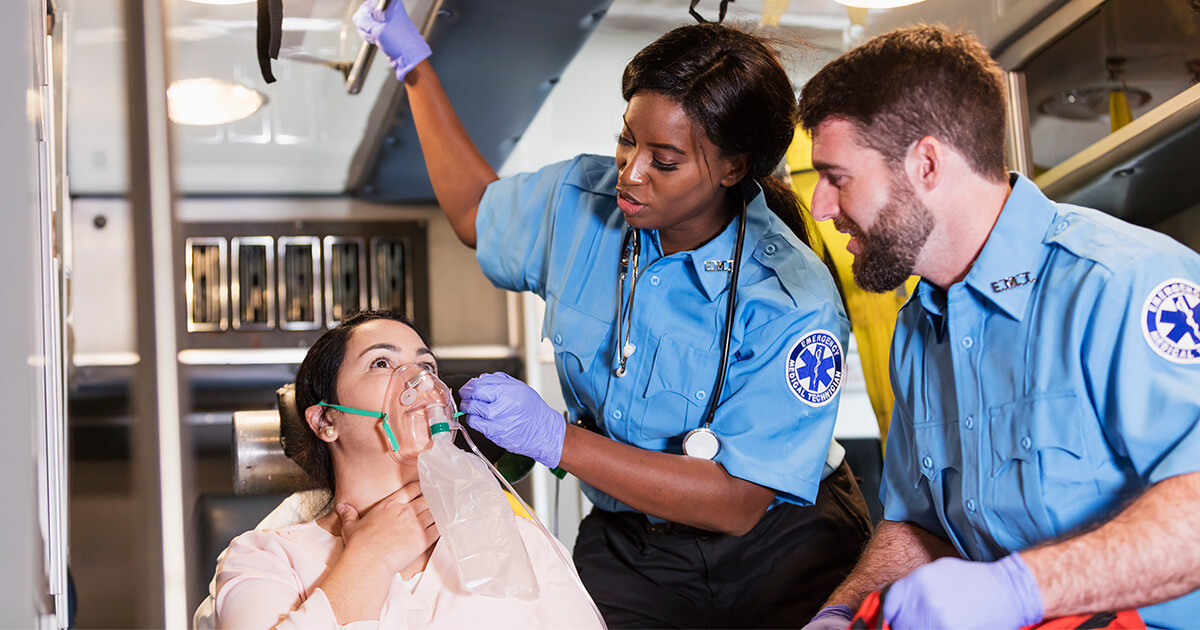2 min read
Pulsara Receives 2021 HealthTechZone Telehealth Award
Telehealth Communications and Logistics Platform Honored for Improving Healthcare Delivery BOZEMAN, Mont., Nov. 8, 2021 — Pulsara, the leading telehealth, communication, and logistics platform that...
